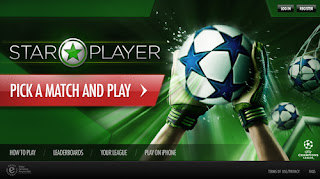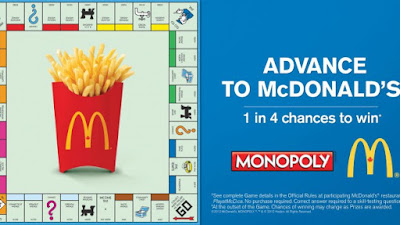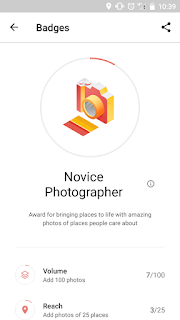Gamification in Marketing - An Introduction
Gamification in Marketing - An Introduction
Dr. Manu Melwin Joy (Assistant Professor, CUSAT) and Sebastian Panattil (Research Scholar, CUSAT)
The
oldest documented game, Mancala, dates back to Egypt in the fifteenth to
eleventh centuries, but according to game expert and proponent of gamification
Jane McGonigal, Herodotus (of Ancient Greece), was the first to report on the
cultural significance of game-playing in society and the psychological value
inherent in the act of playing. In his histories, he writes of an 18-year
famine that plagued a society he calls The Lydians. He credits The Lydians with
inventing and playing games as a coping mechanism for the hardships associated
with the famine.
 |
| The ancient Lydians played Mancala, a dice based game to survive an eighteen year famine. |
From
a very simple viewpoint gamification has been defined as the use of game design
elements in non-game contexts (Deterding et al, 2011). A more in depth
definition is also given by Deterding et al: the use (rather than the
extension) of design (rather than game-based technology or other game-related
practices) elements (rather than full-fledged games) characteristic for games
(rather than play or playfulness) in non-game contexts (regardless of specific
usage intentions, contexts, or media of implementation). From a service
marketing perspective, gamification is defined as a process of enhancing
services with (motivational) affordances in order to invoke gameful experiences
and further behavioral outcomes (Huotari and Hamari, 2012).
Gamification
has become a modern business practice that uses game mechanics and game design
elements to measure, influence and reward target user behaviors (Mann, 2013). There
are three key relationship marketing concepts that are relevant in the
gamification context: engagement -”high relevance of brands to consumers and
the development of an emotional connection between consumers and brands”
(Rappaport, 2007), brand loyalty -”the relationship between relative attitude
and repeat patronage” (Dick and Basu, 1994) and brand awareness -”the
rudimentary level of brand knowledge involving, at the least, recognition of
the brand name” (Hoyer and Brown, 1990).
Gamification
is touted as a next generation method for marketing and customer engagement in
popular discussion. For instance, Gartner et al estimate that over 50% of organizations
managing innovation processes will gamify aspects of their business by 2015. Engagement
by gamification can depend on several factors, such as the motivations of users
or the nature of the gamified system (Hamari and Tuunanen, 2013). Dr. Manu Melwin Joy (Assistant Professor, CUSAT) and Sebastian Panattil (Research Scholar, CUSAT)



Comments
Post a Comment